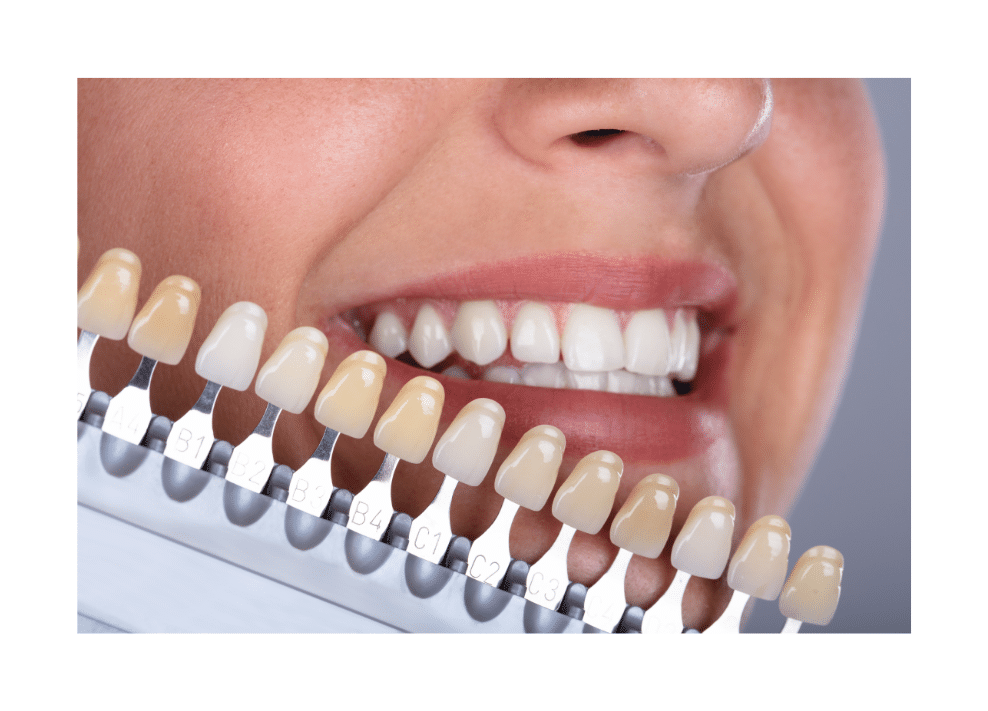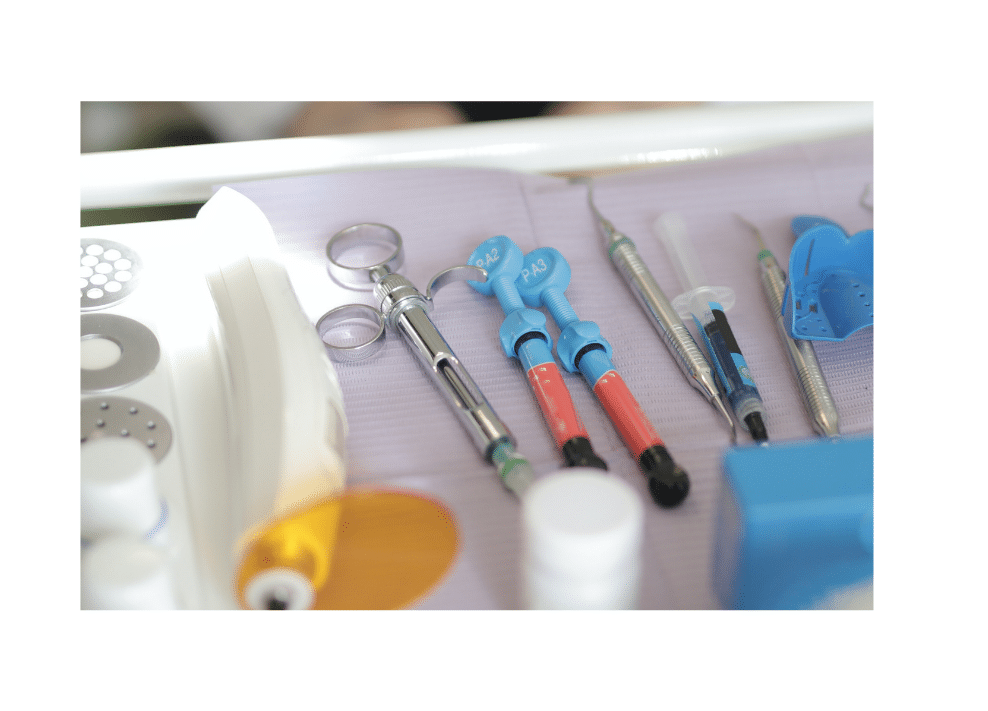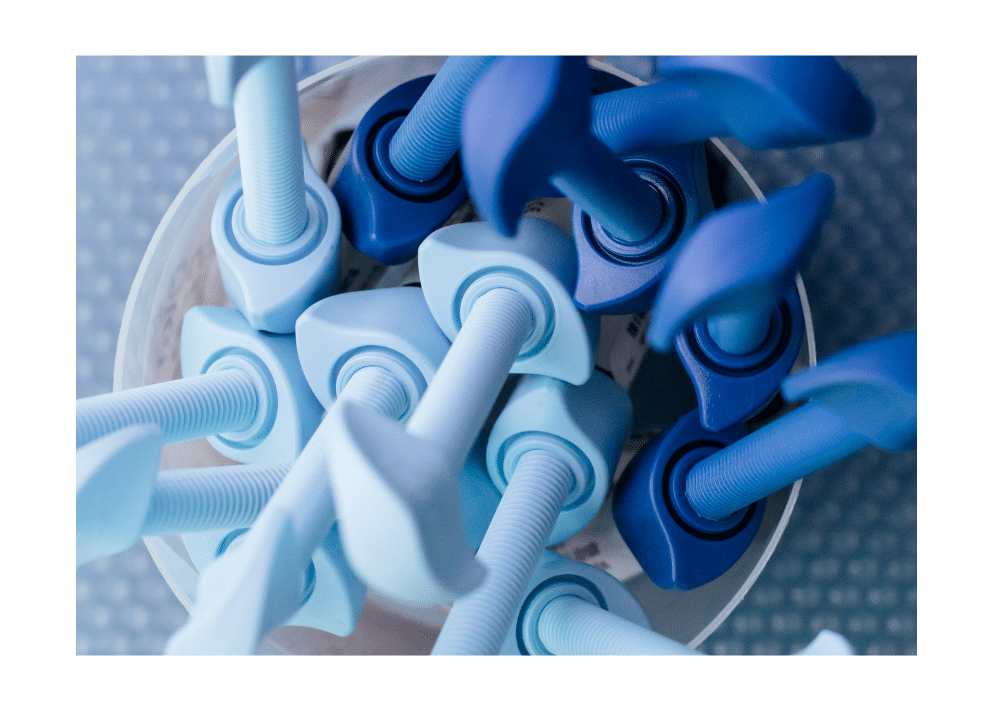What are tooth-coloured fillings?
This type of restoration uses materials that are the same colour as your natural teeth. They are also sometimes called plastic or white fillings. The use of tooth-coloured fillings depends on where the affected tooth is in your mouth. Talk to your dentist about other options. Your dentist will discuss the options available, their pros and cons, and help you decide the best treatment for you.
Advantages
- These fillings will be the same colour as your natural teeth.
- They cost less than gold fillings.
- They are direct fillings, so they can be done in one appointment, in most cases.
Disadvantages
- This kind of filling can break more easily than the old type of amalgam or gold fillings and may not last as long.
- Composite fillings cost more than amalgam fillings.
- Recurrent decay is more of a problem than with amalgam or gold fillings.

Types of tooth-coloured fillings
Composites
This type of filling is made of aesthetic composite resin that is bonded to teeth for a stronger, more natural-looking result. They are virtually undetectable and require only a single appointment to apply.
Glass ionomer
Glass ionomer materials are only used in teeth where you do not bite down hard. There have not been many studies about how long this kind of filling lasts. Newer forms of the filling may be stronger and last longer. Research is underway to evaluate the effectiveness of these materials.
- These fillings are the same colour as your natural teeth.
- They contain fluoride, which helps stop recurrent decay in the tooth.
- They do not have to be put in layer by layer; thus, they are simpler to put in than composite resins.
- They are direct fillings and can be done in one appointment, in most cases.
- They cost less than gold fillings.
- They are not as strong and will not last as long as other fillings.
- They cost more than amalgam fillings.

Porcelain
Porcelain materials are the most common type of dental ceramic used by dentists. They are hard and brittle. Porcelain and metal can be combined to make a strong, tooth-coloured crown.
- Dental porcelain is made in a dental lab. Unless you have a bad tooth-grinding habit or some other problem, a combination of porcelain and metal can be used anywhere in the mouth.
- Dental porcelain is the same colour as natural teeth.
- These fillings last a long time.
- For teeth that bite down hard – like molars – ceramics are not a good choice. Fillings can break.
- They are indirect fillings, so at least two appointments will be needed.
- They cost more than most other types of fillings.

Procedure
Depending on the size and location of the filling, your dentist may freeze the area with local anaesthetic. He or she then cleans all decay from the tooth and puts an adhesive bonding material on the inside of the hole.
Choosing from a broad spectrum of colours, the dentist matches the composite resin to your natural tooth and then places the material in thin layers into the hole. Each layer is exposed to a dental curing light held over the tooth – this special light hardens the material.
When the final layer of filling is hardened, the dentist will shape the filling, so it looks and feels like natural tooth.

Care
With tooth-coloured fillings, you are able to chew on the restored tooth immediately upon completion of the procedure.
If you received dental freezing, you will be advised to take care not to bite your cheek or tongue while the freezing wears off, but the tooth itself is ready to go as soon as you leave the office.
Beyond the day of treatment, you should continue your regimen of good, consistent home care to prevent further decay, protect the integrity of the restoration, and maintain good dental health. Regular professional check-ups and cleanings should be continued and will allow your dental hygienist and dentist to check the integrity of your restorations over time.

